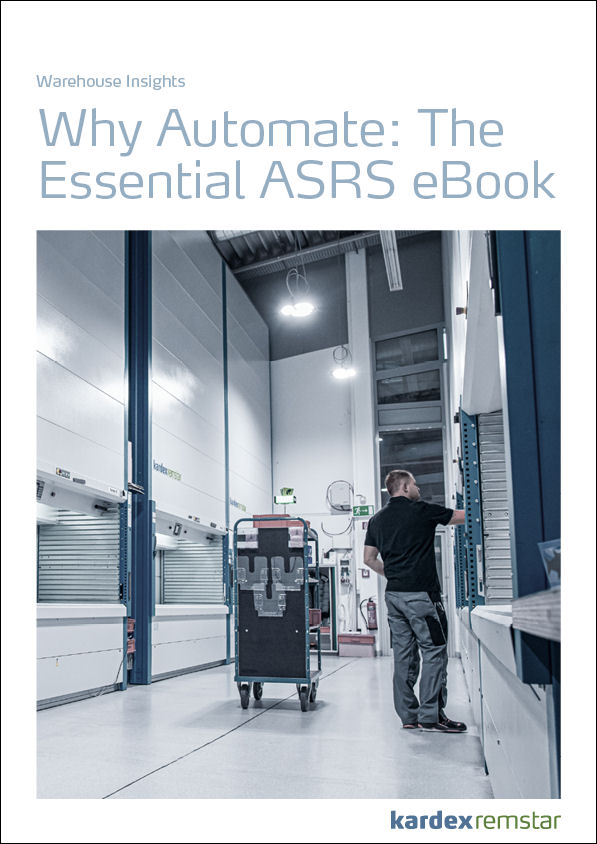
With online sales skyrocketing in recent years since the pandemic began, e-commerce businesses are looking for ways to streamline their inventory without wasting employees, and increasing their workforce is not than the answer. Warehouse automation.
What is warehouse automation? You can imagine a fully automated system where people are consistent. Not much. It appears that companies are using industrial robots, sensors and other artificial intelligence equipment to perform time-consuming tasks that humans typically do. The goal of warehouse automation is to increase efficiency and speed of execution, not to force people to complete these tasks faster. These robots are capable of improving warehouse space and business workflow. This creates more room for development in other areas where people can be more helpful. Warehouse automation takes time-consuming tasks and performs them quickly and efficiently without taking up too much of workers' time.
Common Types of Warehouse Automation
There is more than one type of warehouse automation, and as you might expect, not all warehouses are the same. Some of the more common types are listed below.
Goods to People (GTP)
In GTP automation, you will typically see conveyors, vertical lifts, and rotors that can double your running speed.
Automated Guided Vehicle (AGV)
With AGV automation, warehouses will use magnetic tapes, cables and/or sensors to navigate fixed warehouse paths. This type of automation is best suited for open warehouses where there are few nooks, crannies, nooks and crannies.
Autonomous Mobile Robot (AMR)
AMR is very flexible and is one of the most popular types of warehouse automation. They use GPS to create efficient routes through the warehouse, as well as an advanced laser guidance system for obstacle detection. Think of a robot vacuum that explores your home inside and out, except this robot doesn't clean anything. They can move safely through complex warehouses and high traffic areas, which makes them very practical.
Election, vote or vote.
Using voice recognition software and wearable headphones with warehouse voice automation systems can eliminate the need for portable devices such as barcode scanners. With fewer products, this not only improves safety, but also efficiency and the potential for error.
Automatic sorting system
Automated sorting systems can identify goods on the conveyor system and route them to the warehouse using barcode readers and sensors. It is very efficient for receiving, picking, packing and shipping for e-commerce sites.
What are the benefits?
least human error
In any manual project, mistakes are inevitable. With warehouse automation, not only are there fewer errors, but the source of the problem is also easier to find and fix. Switching to a warehouse automation system can reduce worries about errors that occur every day. No more double and triple checks before shipping orders. With automation, everything is traced to a specific barcode or region. So the only way this error can occur is if the region is misclassified. Strangely, due to human input error.
suffix
With warehouse automation systems, you invest in consistency. In addition, you invest time. Now, as a warehouse manager, you have time to do everything on your very long to-do list. This shift in focus will drive the growth of your warehouse and your entire business. You will be able to see the results immediately. Typically, after a full integration of the automation system, which can take several weeks, you will be able to see the repository tasks running smoothly.
Long life
You're not just investing in an automation system for a month or a year to get through the crazy season, you're investing in the continuity of that automation. The stability that warehouse automation brings to your business costs money. No more sleepless nights worrying about how to set up special discounts. Or how your employees can fulfill all your orders within the promised time frame. Robots, sensors and more can work while your employees go home. This can be especially useful during e-commerce site sales and weekends.
Obviously, this can vary depending on what you actually spend on the investment. The upfront cost is a great investment, but you'll end up getting your money back in the form of labor costs. There are not only different types of warehouse management systems, but also systems designed for certain types of warehouses, because, as you know, not all warehouses and not all companies are the same.
Precision
Automation systems not only make the day-to-day tasks of the order fulfillment process easier, but also go a long way in real-time inventory management. You no longer need to constantly check the correct number point by point. Warehouse automation will do it for you. Gone are the days of having to get out the pen and clipboard to make sure certain points are correct. Warehouse automation will do this for you and provide a receipt to verify the number.
Fewer workplace injuries
It's not easy to find all the products when you need to keep as much inventory as possible. Heavy robots worry warehouse managers about injuries in warehouses. Staff don't have to climb a lot of stairs or worry about hard-to-reach items.
conclusion
Warehouse automation has many benefits. Diving into the world of automation can help your business grow significantly. Now that you know the most common types of automation, as well as the most sought-after benefits, you can determine which type of system will work best for your warehouse.
Featured image credits: Pexel; Thanks!
Messages What is warehouse automation and its benefits? It appears first in ReadWrite.

